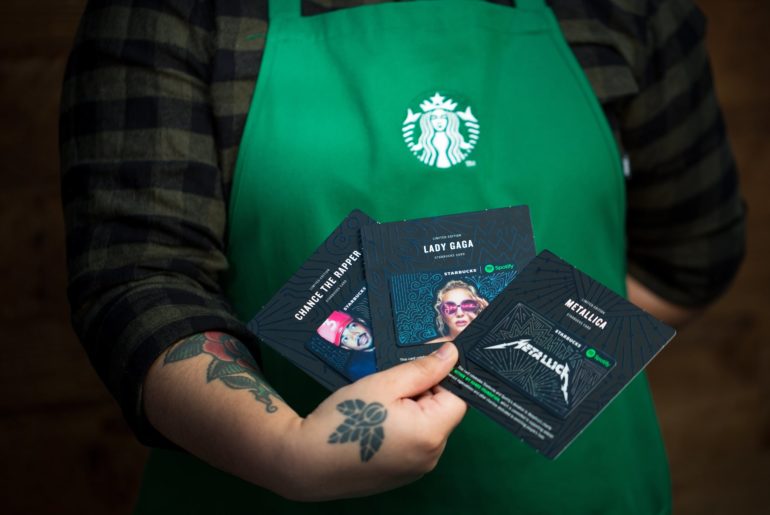
It’s one thing to create content, quite another to make it accessible and if the content is not accessible, what really is its point?
If we go back in time, in the early days of satellite television in India broadcasters had to forge distribution partnerships with local cable operators and pay them hefty “carriage fees” to make their content available to millions of TV households. Then came the DTH era, and the broadcaster-distributor partnership became slightly more formal, carriage fees were better structured, under-reporting reduced, ARPUs improved, and it was a win-win for both parties. Enter OTT (Over The Top), or internet-led content services. While the core game remains the same - because distribution continues to be critical for all content creators - the players have changed. Distribution is what makes them reach the masses, be watched, heard, and talked about. Telcos are looking at OTT providers as an opportunity rather than a threat, according to new research by Comarch. That telco-OTT partnerships are the way to go was further established when state-owned BSNL announced in October 2018 that it would be offering its postpaid and broadband subscribers a one-year Amazon Prime subscription at no additional cost. Of course, it was BSNL’s attempt to take on rival operators Airtel, Vodafone, and Jio, but the compelling need for telcos to bundle content was abundantly clear.Waking-up to listen
Starbucks, which is one of the most popular coffee chains in the world also scaled up to a premium coffee shop experience into a massive global brand, using music to create an ambience around its coffee. Starbucks and Spotify forged an innovative co-branding partnership to build a "music ecosystem", offering artists greater access to Starbucks consumers and giving Starbuck access to Spotify's expansive discography. Through the initiative, Starbucks employees get a Spotify premium subscription, with which they can curate playlists (that patrons can access through the Starbucks Mobile App) to play throughout the day in the shop. This music ecosystem is designed to expand the coffeehouse environment that Starbucks is known for while giving artists greater exposure to Starbucks customers. The "musical-ecosystem" partnership is mutually beneficial, an opportunity for the companies to reach the other's audience without sacrificing their brand.Ice-cream music
In recent news, Icecream brand Havmor has announced its association with Gaana and Amazon to bring some exciting offers for its consumers. Through this partnership, the ice cream brand is offering its customers 3 months assured premium subscription of music streaming app, Gaana on every family pack. Under this scheme, the lucky winners will also stand a chance to win gold coins, silver coins, Amazon gift vouchers, and One Plus 7 phones. According to the company, these offers are available across India, on the purchase of combo packs: Taj Mahal I/C, Rajbhog, Black Current, Kesar Pista, American Nuts, Chocolate Chips, Kaju Draksh, Lonavali, Butterscotch, Cookie Cream, Tutti Frutti, Black Forest, Almond Carnival, Fruit Punch.“This summer, we are happy to offer Havmor Ice-cream Family Pack buyers complimentary access to Gaana Plus, i.e. whether they’re hosting a fun house-party or enjoying some quality me-time on a lazy summer afternoon, they’ll have unlimited access to their favorite tunes with Gaana", Prashan Agarwal, CEO, Gaana, said.This is a limited period offer, which will go on till 30th September 2019. An explosion in the country’s mobile data consumption brought about a definitive change in users’ content-consumption habits, sowing the seeds of a robust “digital content ecosystem” which, BCG estimates, would be worth $5 billion in the next five years. Telcos are playing an important role because of the connectivity they offer. They are crucial in the distribution aspect of things and we have seen that particularly with JioSaavn growth in the country.
Loudest take
Brand partnerships have become synonymous in the extremely-digitized world that we live in. With falling-data prices, brand collaborations work as people get increasingly hooked to their smartphones. With streaming content becoming the norm, it only makes sense to collaborate with brands to keep the user hooked to the smartphone; for advertising purposes for both parties. While brands can help streaming services gain popularity, streaming apps have also, in turn, created a new advertising platform for these brands. It's a win-win situation for both parties but what will be interesting is to see who will win the race amongst the competition.  Related News
Related News
.jpg)
Spotify Claims Streaming Has Made The World 'Value Music'
In an announcement made on Tuesday, Spotify revealed that it paid out $10 billion to the music industry in 2024.
January 29, 2025
.jpg)
Tips Music Falls 5% As Stock Trades Ex-Dividend Today; Key...
The drop aligns with the company’s shares turning ex-dividend today, following its announcement of dividend rewards for shareholders.
January 28, 2025
.jpg)
Universal Music Group And Spotify Forge New Multi-Year Deal To...
The agreements will foster the next era of streaming innovation, offering new paid subscription tiers, music and non-music content bundling,....
January 27, 2025
.jpg)
Spotify Contributes $150,000 To Trump’s Second-Term Inauguration Ceremony
Both companies are major competitors of Spotify in the music streaming market. Together, these three platforms account for over 55%....
January 25, 2025
